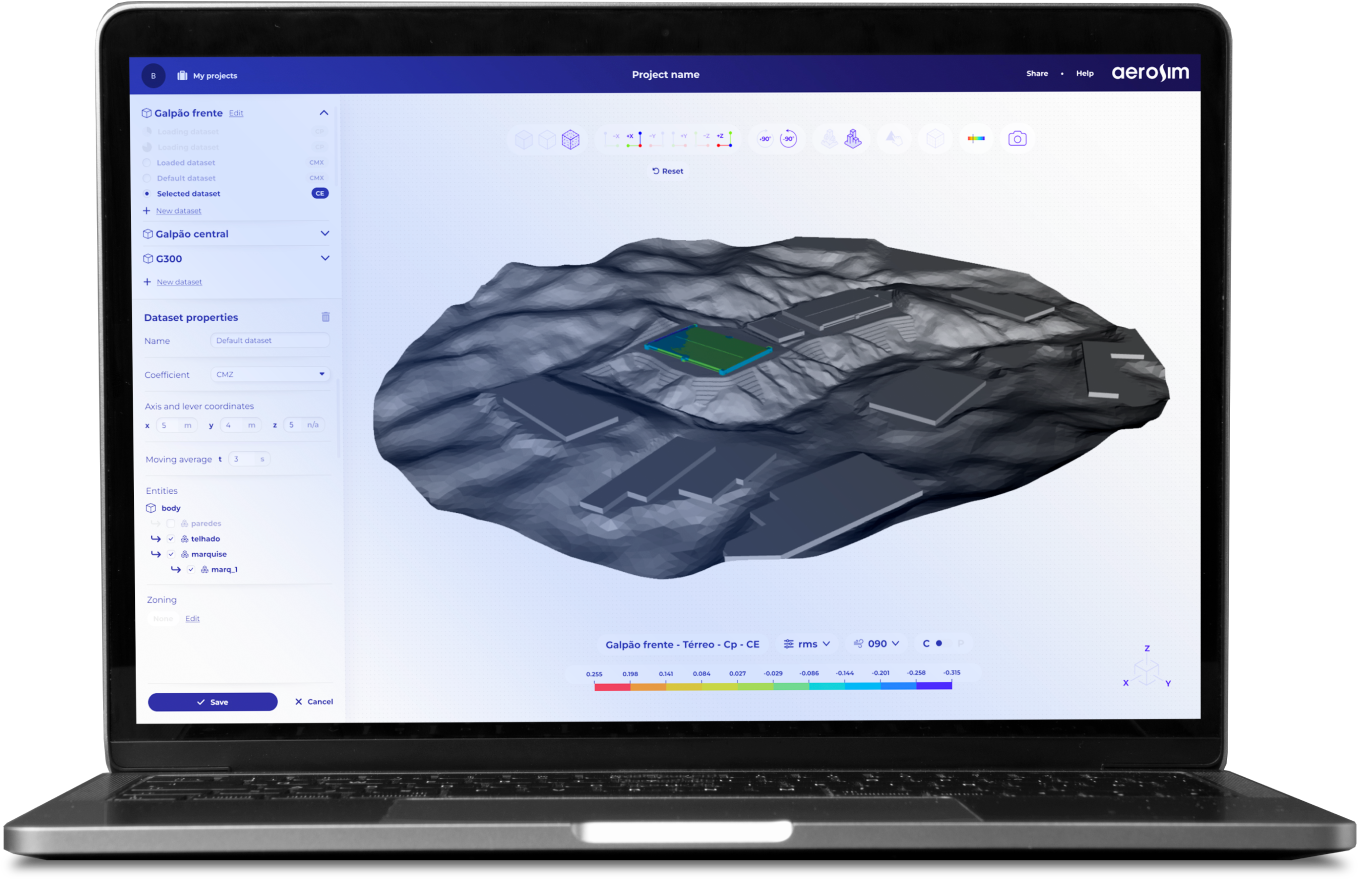

On top of that, AeroSim allows you to run LES simulations on affordable GPUs, that is thoroughly tested by a substantial validation portfolio, with more than 70 simulation cases for wind engineering.

superior
products

mesh
generation

within
hours



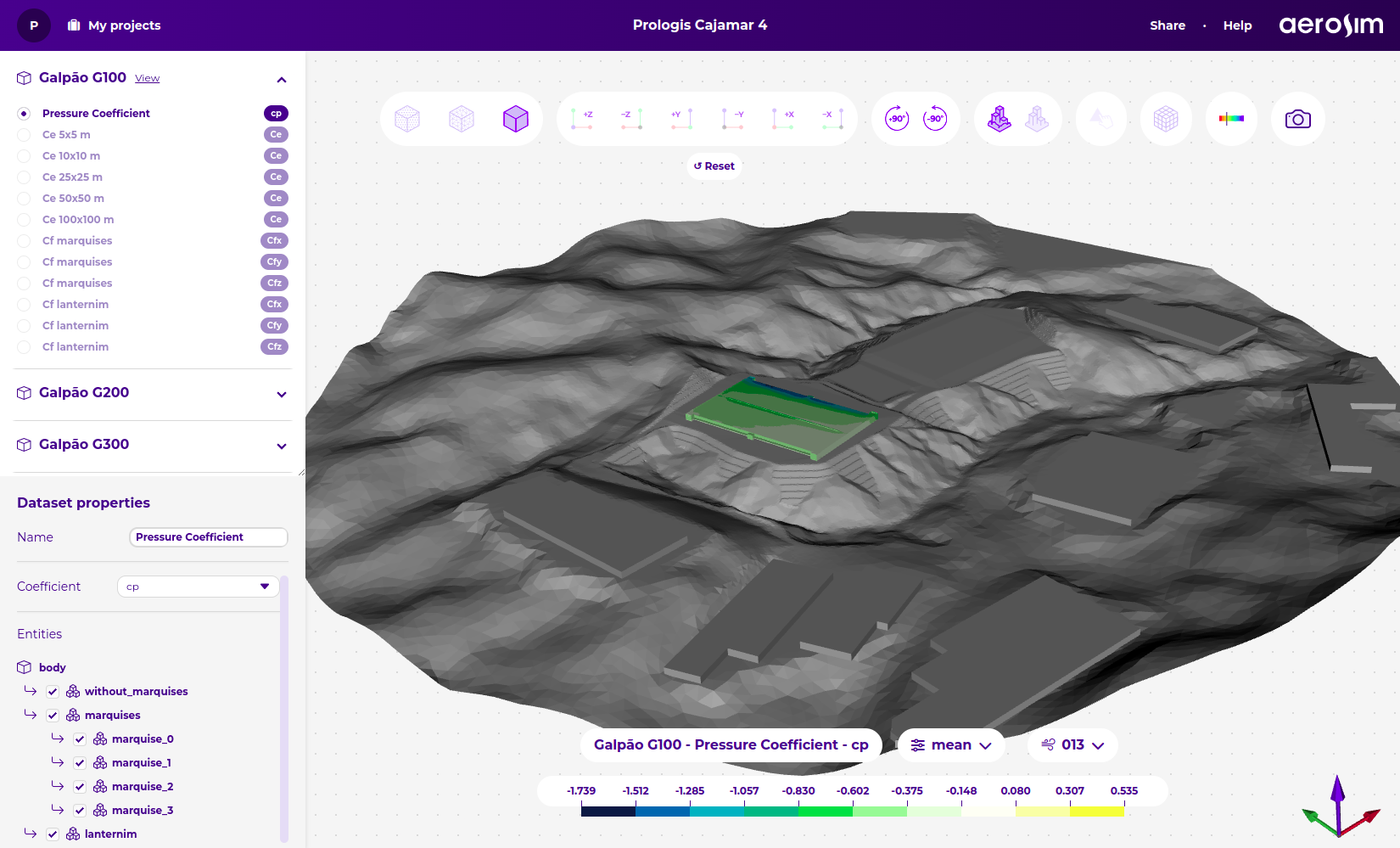

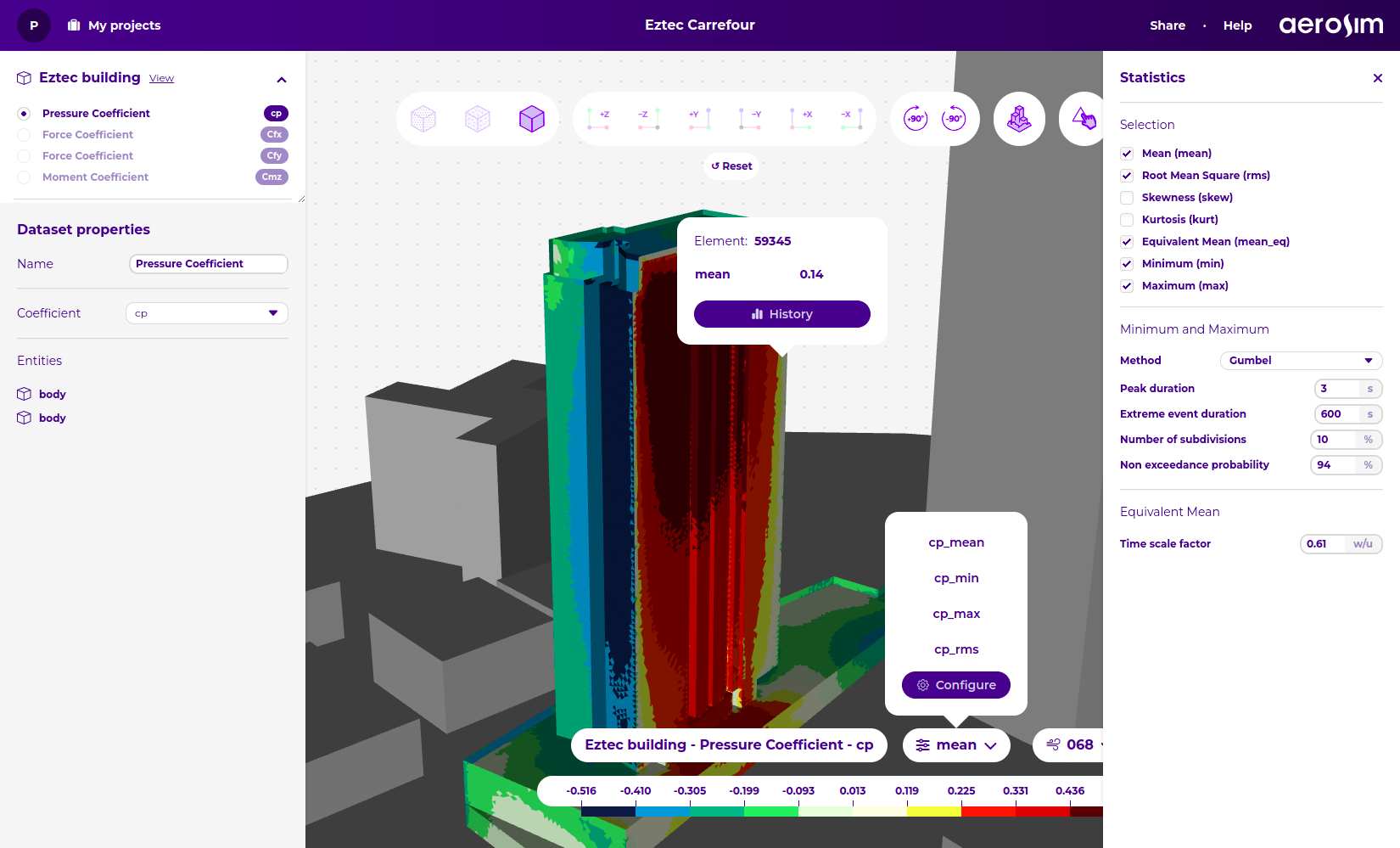

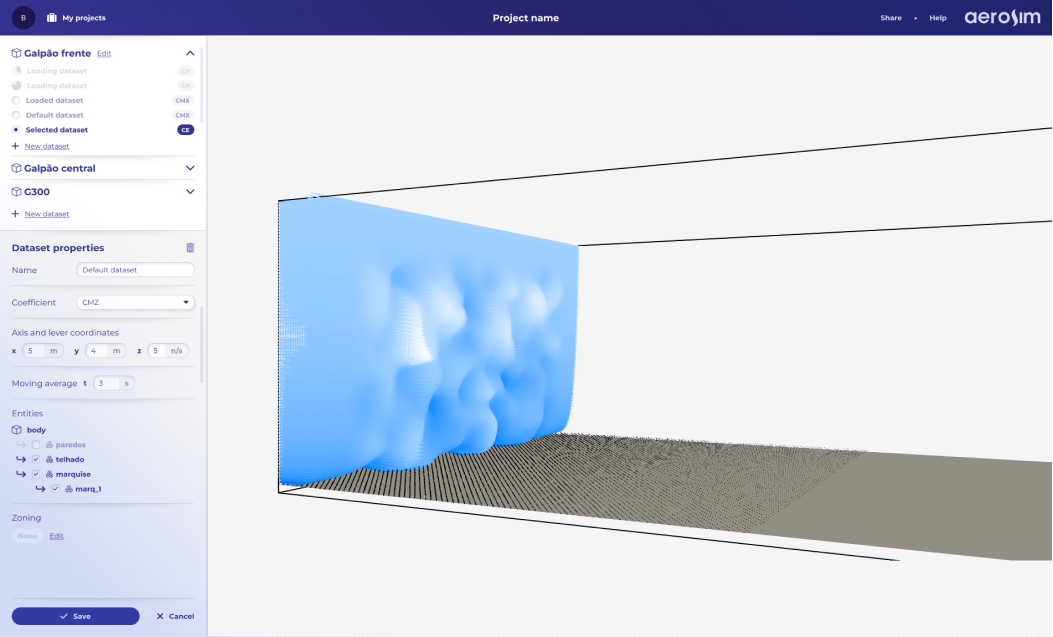



Gas station roof
Wind actions over a gas station roof
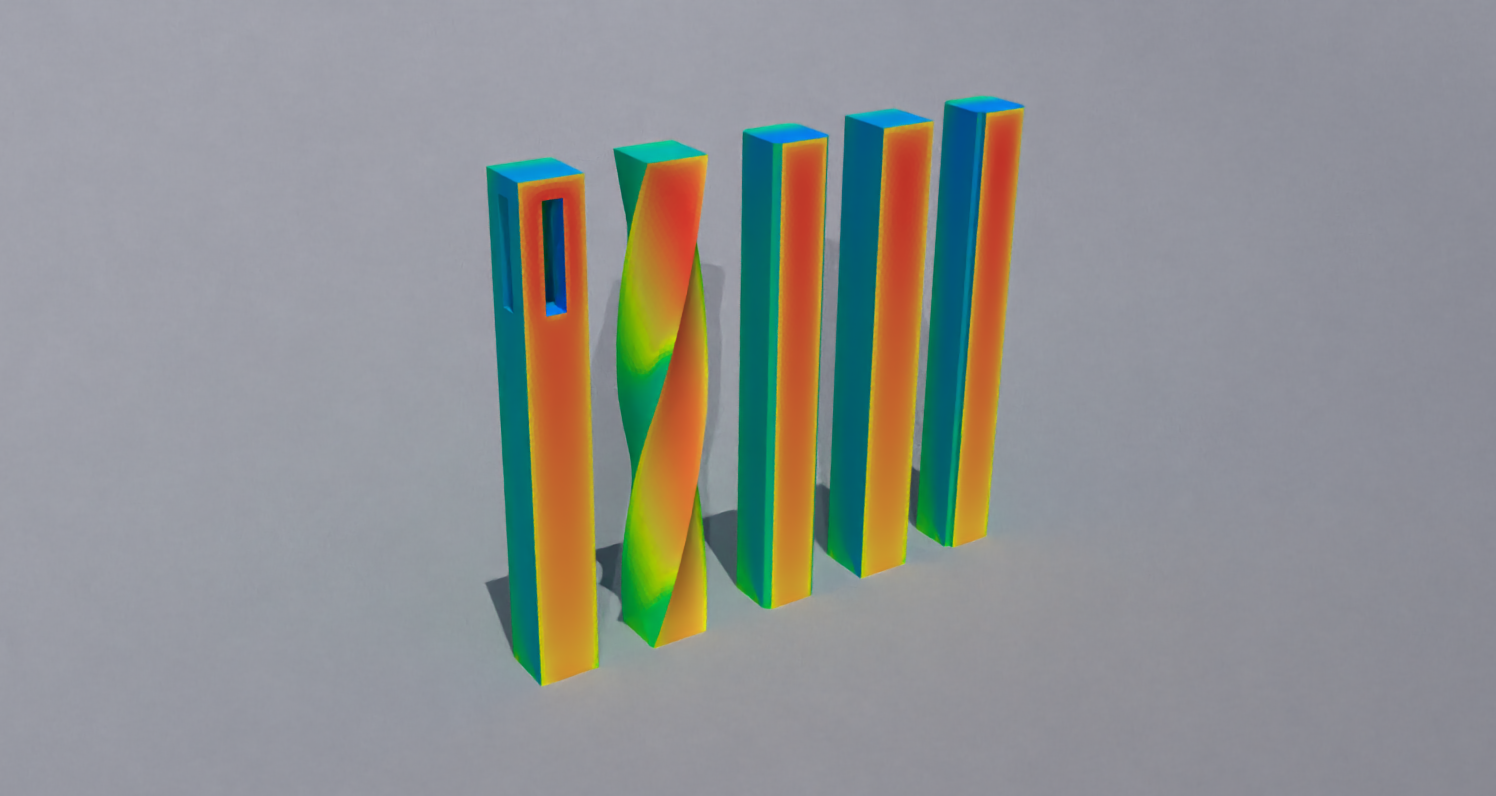
Complex High Rise
Pressure distributions on high rise buildings

NIST low rise building
Pressure distributions on a benchmark low rise building
About Us
We're a passionate team of engineer, software developers, and problem-solvers dedicated to delivering a next generation CFD software for better understand of the wind actions.

Waine Oliveira Jr.
CEO & Founder
Waine is a computer engineer, with over 7 years of hands-on experience in numerical simulations for Computational Fluid Dynamics (CFD) using the Lattice Boltzmann Method (LBM)

Rodrigo Saldanha Romanus
Research Manager
Rodrigo is a researcher specializing in the application of the lattice Boltzmann method (LBM) in computational wind engineering (CWE), with over 8 years of experience.

Aron Zavelinski
Engineering Manager
Aron is a computational wind engineering (CWE) researcher specializing in wind effects on safety and comfort, with over 4 years of experience in the field.

Alan Lugarini
Scientific consultor & Founder
Alan is a computational fluid dynamics (CFD) scientist specializing in turbulence simulation techniques for wind actions.

Vinicius Gonçalves
Developer & CAD Engineer
Vinicius is an architect focused on software development for civil construction and building physics.

Lucas Al Bdywoui
Marketing analyst
Lucas is a marketing strategist, brand manager and social media analyst.


